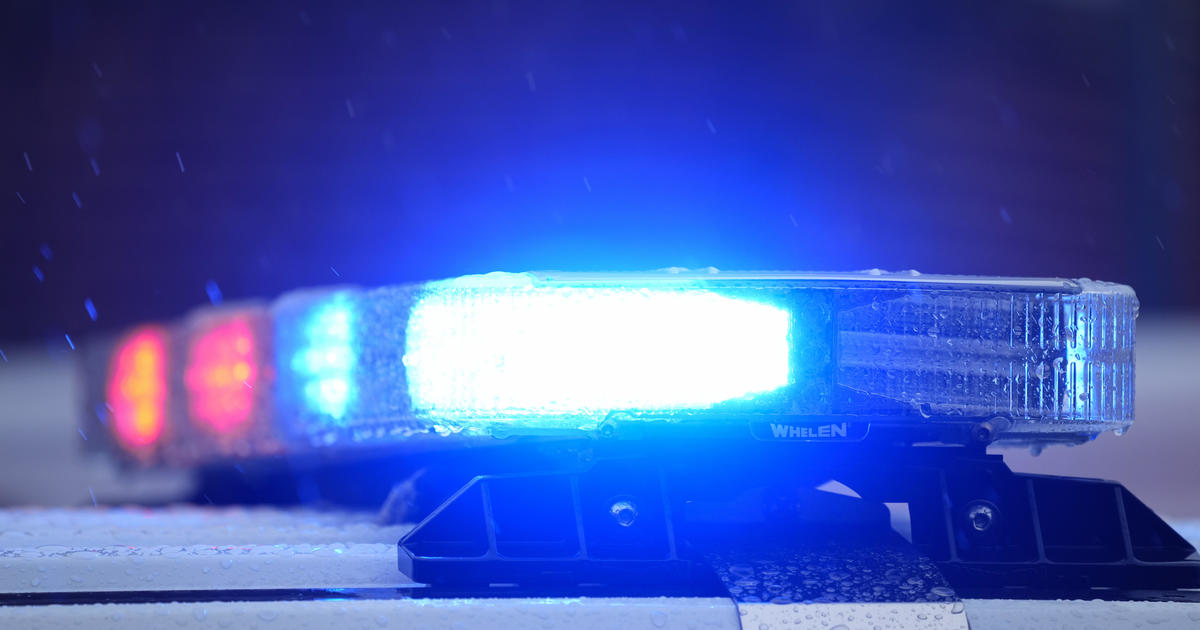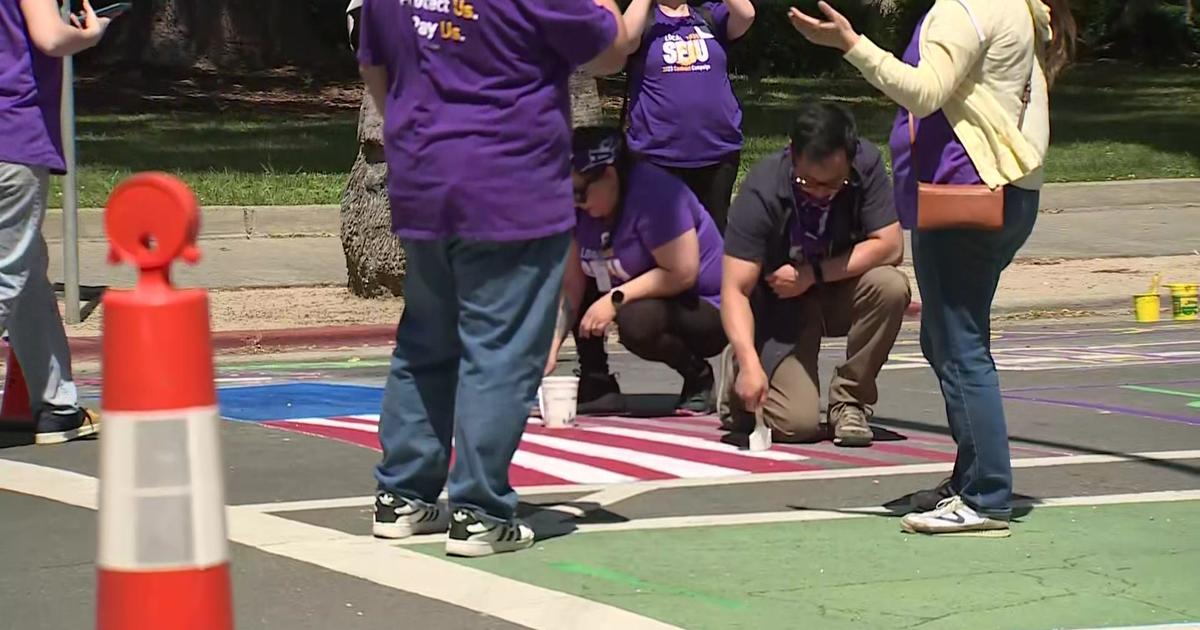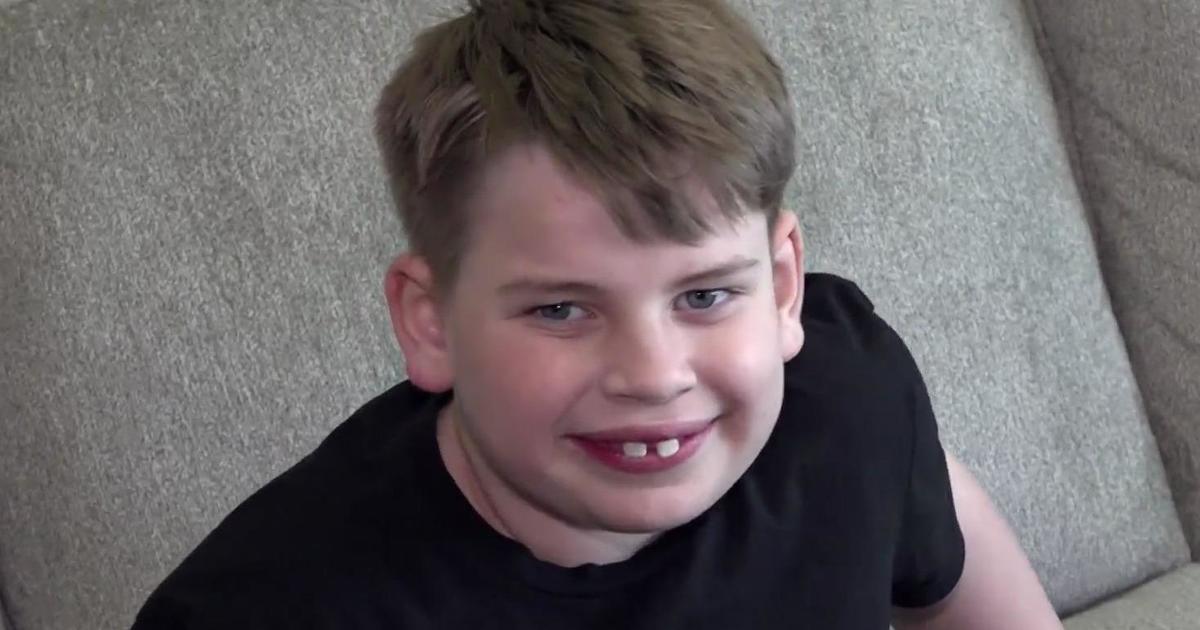San Francisco may better handle strong quakes, but that isn't the entire picture, geophysicist says
SAN FRANCISCO — It isn't a surprise that the San Francisco would better handle a strong earthquakes with magnitudes of 6 and over, but that isn't the entire picture, says one geophysicist.
"We are less vulnerable to damage in an earthquake, but we are much more likely to get the earthquake than they are," geophysicist Ross Stein said.
While the Bay Area may fare better, it's not in the clear.
"It's like a bomb waiting to go off. We would see potentially catastrophic failures," Skip Walker said.
Walker is an ASHI certified and CREIA Master inspector of buildings in San Francisco. He's been through 3,500 inspections. Civil Engineer Peter Yanev, legendary founder of EQE Consulting, agrees.
"Well, the old pre-1990 buildings didn't have enough reinforcing steel and quite a few of (the Nob and Telegraph hills buildings. They didn't have enough steel, so they're really not ductile."
Non-ductile concrete buildings can collapse like a giraffe struck by cardiac arrest under sudden seismic shock. The 1985 Mexico City earthquake, a M7.5, centered 220 miles from downtown, nevertheless buckled buildings from six to 15 stories in height, taking with around 10,000 lives.
Several factors contributed to the staggering death and injury toll: the old lakebed the city is planted on, the long duration of shaking, and a lack of buildings not properly built.
"In San Francisco, you'll see city blocks where that's almost all there are these older, non-ductile concrete buildings," said Peter.
"Right now, we do have vulnerable concrete or what we would call 'low-ductility concrete buildings' in San Francisco," said Brian Strong of SF City Hall. "We know there are around 2,700 or so concrete buildings that were built before 1990."
And what is the city doing about it? Not much.
It's why Ross Stein has such a concerned look. San Francisco residents do after all live on probably the most urbanized fault system on Earth.
"Choose your poison. It could be the San Andreas or it could be the Hayward Rogers Creek fault. They line both sides of the Bay Area. They're both active," Stein said. "So, we shouldn't forget we will get an earthquake of this size, and that earthquake will find all the buildings that actually are substandard, and it'll take them down."
Those interested in learning more can visit Temblor's website, of which Stein is CEO, at https://temblor.net and the state's preparedness website at https://www.caloes.ca.gov/office-of-the-director/operations/planning-preparedness-prevention/seismic-hazards/earthquake-preparedness/.




